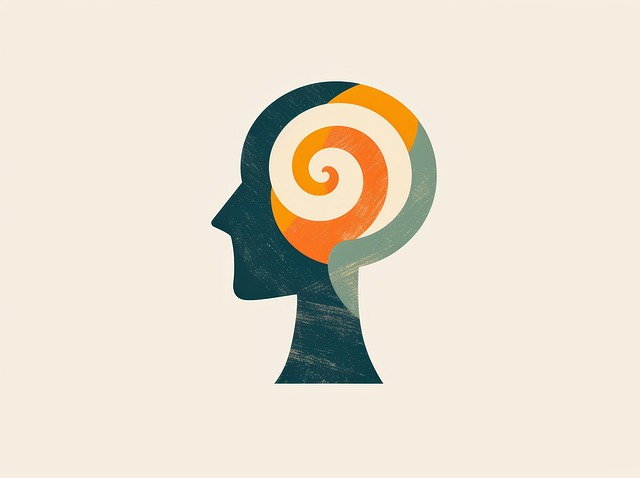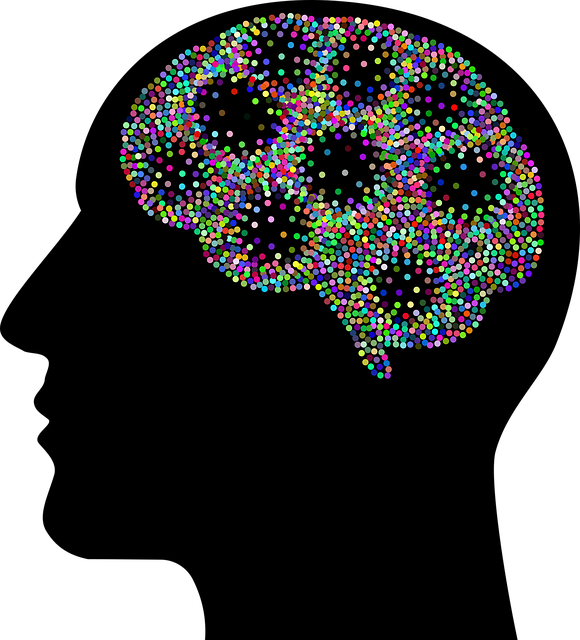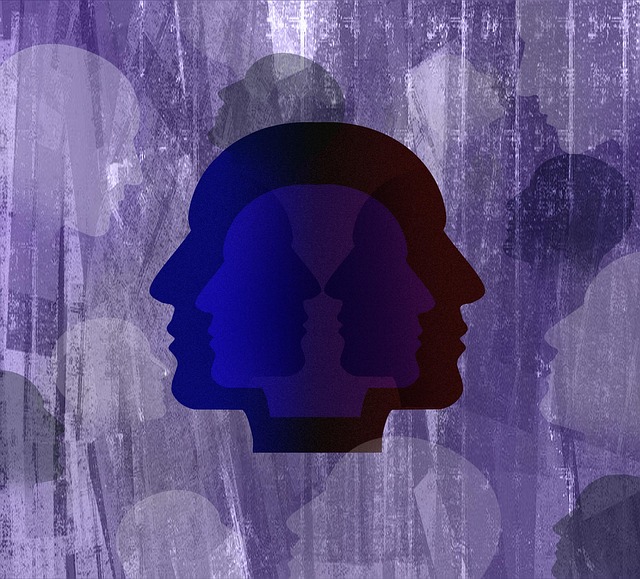Mental Health Policy: Driving Golden Phobias Therapy Advocacy
Mental health policies are key to shaping access to care and treatment outcomes. Understanding polic…….
In the ever-evolving landscape of mental health care, “Golden Phobias Therapy” has emerged as a transformative approach, offering hope and healing to individuals grappling with specific fears and anxieties. This comprehensive therapy goes beyond traditional methods, incorporating innovative techniques to address deep-seated phobias and enable personal growth. In this article, we embark on a journey to explore the intricacies of Golden Phobias Therapy, its global impact, and its potential to reshape the future of mental wellness. Through a detailed analysis, case studies, and insights from experts, we aim to provide a comprehensive understanding of this powerful therapeutic tool.
Definition: Golden Phobias Therapy is an advanced form of cognitive-behavioral therapy (CBT) designed to treat specific phobias and anxiety disorders. It leverages a combination of evidence-based techniques, mindfulness practices, and exposure therapy to help individuals confront and overcome their fears. The ‘golden’ aspect refers to the potential for transforming these debilitating conditions into manageable, even empowering, experiences.
Core Components:
Cognitive Restructuring: Identifying and challenging negative thought patterns associated with the phobia is a cornerstone of this therapy. This process involves cognitive reframing techniques to replace irrational fears with more realistic and positive thoughts.
Exposure Therapy: A gradual and controlled exposure to the feared object or situation is another key component. By facing their phobias in a safe environment, individuals can learn to manage their anxiety responses and reduce avoidance behaviors.
Mindfulness Practices: Golden Phobias Therapy incorporates mindfulness techniques to help clients stay present during therapy sessions and, eventually, in their daily lives. This cultivates a sense of calm and awareness, enabling better control over anxious reactions.
Personalized Treatment Plans: Each therapy session is tailored to the individual’s unique phobia and needs. Therapists work collaboratively with clients to set achievable goals and create a step-by-step action plan for overcoming their fears.
Historical Context:
The roots of Golden Phobias Therapy can be traced back to the 1980s when cognitive behavior therapy began to gain prominence in treating anxiety disorders. Over time, therapists refined these techniques, incorporating elements of mindfulness and exposure therapy, leading to the evolution of this comprehensive approach. The term ‘Golden’ was likely coined to signify the potential for transforming negative experiences into opportunities for personal growth and empowerment.
Golden Phobias Therapy has gained international recognition as a highly effective treatment option, with its influence spreading across various regions:
| Region | Impact and Trends |
|---|---|
| North America | Leading the way in CBT research, this region has embraced Golden Phobias Therapy, particularly in urban centers like New York and Los Angeles. Insurer coverage for these therapies is expanding, making them more accessible. |
| Europe | Countries like Germany and the UK have robust CBT practices, with many therapists adopting Golden Phobias Therapy. The European Association for the Treatment of Anxiety and Depression (EATAD) promotes evidence-based practices, including this approach. |
| Asia | Rapidly growing in popularity, Asian countries such as Japan and South Korea are integrating Golden Phobias Therapy into their healthcare systems. Cultural sensitivity is a key focus, adapting techniques to suit diverse populations. |
| Middle East | With rising awareness of mental health, the Middle East is witnessing an increase in CBT adoption. Qatar and the United Arab Emirates have invested significantly in therapy research and training. |
Key Trends:
Increased Awareness: Global campaigns and initiatives are raising awareness about mental health, encouraging individuals to seek professional help for phobias and anxiety disorders.
Digital Therapy Integration: The rise of online therapy platforms has made Golden Phobias Therapy more accessible, especially in remote areas or for those with limited mobility.
Cultural Adaptation: Therapists worldwide are customizing treatment approaches to suit diverse cultural backgrounds, ensuring effectiveness across various communities.
The economic implications of Golden Phobias Therapy are noteworthy, shaping healthcare systems and industries worldwide:
Market Size: According to a 2021 report by ResearchAndMarkets, the global cognitive behavioral therapy market is projected to reach USD 5.7 billion by 2026, with a significant growth rate driven by increasing adoption of Golden Phobias Therapy.
Investment and Funding: Private investors and venture capital firms are showing interest in digital health startups offering Golden Phobias Therapy solutions, indicating substantial financial backing for this field.
Health System Impact: As governments and healthcare providers recognize the effectiveness of CBT-based therapies, they are increasingly integrating these treatments into national health systems, improving accessibility for citizens.
Technology plays a pivotal role in enhancing Golden Phobias Therapy, providing innovative solutions and expanding reach:
Online Therapy Platforms: Telehealth services allow clients to access therapy sessions from the comfort of their homes, overcoming geographical barriers. Apps and software specifically designed for CBT and exposure therapy offer interactive tools to support between-session work.
Virtual Reality (VR) Therapy: VR is revolutionizing exposure therapy by creating immersive environments that simulate feared scenarios. This technology enables clients to confront their phobias in a safe, controlled setting, enhancing the therapy experience.
Artificial Intelligence (AI): AI-powered chatbots and virtual therapists can provide initial assessments and support between sessions, offering personalized guidance and resources. These tools assist therapists by streamlining administrative tasks and allowing for more focused treatment time.
The legal framework surrounding Golden Phobias Therapy varies across jurisdictions but is critical in ensuring quality care and patient safety:
Licensing and Certification: Therapists practicing Golden Phobias Therapy must be licensed or certified by relevant professional bodies, adhering to strict ethical guidelines and continuing education requirements.
Insurance Coverage: In many countries, insurance providers are expanding their coverage for CBT-based therapies, including Golden Phobias Treatment. This makes therapy more financially accessible and encourages more individuals to seek help.
Data Privacy and Security: With the rise of digital therapy platforms, protecting client data is essential. Therapists must comply with regulations like HIPAA (Health Insurance Portability and Accountability Act) or GDPR (General Data Protection Regulation) to safeguard sensitive information.
Despite its proven effectiveness, Golden Phobias Therapy faces challenges and criticisms that require thoughtful strategies for resolution:
Stigma and Misunderstanding: One of the primary obstacles is the stigma associated with mental health issues, leading to underreporting and a reluctance to seek therapy. Educating the public and promoting open conversations about phobias are essential steps to overcoming this challenge.
Accessibility Issues: Despite advancements in digital therapy, access to Golden Phobias Therapy remains a concern, particularly in underserved communities or regions with limited mental health resources. Expanding insurance coverage and government initiatives can address these disparities.
Therapist Shortage: The demand for qualified Golden Phobias Therapists is outpacing the supply, leading to longer wait times for treatment. Training more professionals and offering incentives to attract and retain specialists in this field are potential solutions.
Strategic Solutions:
Public Awareness Campaigns: Collaborating with mental health advocates and celebrities to share personal stories can reduce stigma and encourage help-seeking behaviors.
Government Funding and Partnerships: Increased investment in mental health services, including CBT training programs, can address access issues and attract more therapists to the field.
Online Education Platforms: Developing accessible online courses for therapists-in-training can expand the talent pool and reduce the burden on traditional educational institutions.
A 32-year-old Japanese woman, Sarah (not her real name), struggled with agoraphobia, limiting her ability to leave her home and engage in social activities. She sought Golden Phobias Therapy from a certified CBT specialist in Tokyo. Through a personalized treatment plan involving exposure therapy and cognitive restructuring, Sarah gradually faced her fears, starting with short walks outside her apartment complex. With each successful step, she felt empowered, eventually attending local community events and reconnecting with friends. After several months of therapy, Sarah reported significant improvements in her quality of life, no longer allowing her phobia to control her daily routine.
Michael, a 28-year-old from Los Angeles, battled severe social anxiety that hindered his professional and personal relationships. He enrolled in a Golden Phobias Therapy program offered through his employer’s wellness initiative. The therapy focused on identifying negative thought patterns related to social situations and replacing them with more realistic self-talk. Michael also practiced mindfulness techniques during sessions and between appointments, helping him stay calm in challenging scenarios. Over time, he found himself engaging more easily in conversations and even speaking up at work meetings. His newfound confidence led to promotions and new opportunities, marking a significant personal transformation.
In a rural area of South Korea, Kim, a 45-year-old farmer, suffered from specific phobias related to his work environment. He sought help from a local therapist who adapted Golden Phobias Therapy to incorporate traditional Korean cultural elements. By combining exposure therapy with rituals from Kim’s heritage, the therapist helped him confront and overcome his fears. This tailored approach not only facilitated Kim’s recovery but also fostered a deeper sense of acceptance and empowerment within his cultural context.
The future of Golden Phobias Therapy appears bright, with several growth areas and emerging trends on the horizon:
Personalized Digital Therapy: Advanced AI algorithms will enable even more tailored digital therapy experiences, offering customized exposure therapy scenarios and cognitive restructuring exercises.
Integrated Care Models: There is a growing trend towards integrating Golden Phobias Therapy into primary care settings, ensuring early intervention for individuals with anxiety disorders.
Cultural Competency Training: As therapists continue to serve diverse populations, cultural competency training will become essential to ensure effective and respectful therapy practices.
Research and Clinical Trials: Ongoing research will further refine the effectiveness of Golden Phobias Therapy, leading to evidence-based guidelines for best practices.
Golden Phobias Therapy represents a significant advancement in mental health care, offering individuals a powerful tool for overcoming specific phobias and anxiety disorders. Through a comprehensive exploration of its history, global impact, economic considerations, technological innovations, policy frameworks, and real-world applications, we have uncovered the profound potential of this therapeutic approach.
As the world navigates the complexities of mental health challenges, Golden Phobias Therapy emerges as a beacon of hope, empowering individuals to take control of their well-being. With ongoing research, thoughtful policy decisions, and increased accessibility, this therapy has the capacity to transform lives and contribute to a more resilient and healthy global community.
Q: What types of phobias is Golden Phobias Therapy effective for?
A: This therapy is particularly effective for specific phobias such as agoraphobia, social anxiety disorder, arachnophobia (fear of spiders), acrophobia (fear of heights), and many others. It can also be adapted to address trauma-related disorders and obsessive-compulsive behaviors.
Q: How long does Golden Phobias Therapy typically take?
A: Treatment duration varies depending on the severity of the phobia and individual progress. On average, a course of therapy lasts between 12 and 20 sessions, spread over several months. However, some individuals may require more or fewer sessions based on their unique needs.
Q: Is Golden Phobias Therapy suitable for everyone?
A: While this therapy has proven effective for many, it may not be appropriate for everyone. Individuals with severe psychotic disorders or those experiencing acute crises might need other forms of initial treatment. However, once stability is achieved, Golden Phobias Therapy can often complement other therapeutic approaches.
Q: Can I do Golden Phobias Therapy online?
A: Yes, many therapists now offer online sessions for Golden Phobias Therapy, making it more accessible to individuals in remote areas or with limited mobility. Online therapy platforms provide a secure and interactive environment for exposure exercises and cognitive restructuring.
Q: How can I find a qualified Golden Phobias Therapist?
A: Reputable mental health associations and online directories can help you locate certified therapists specializing in Golden Phobias Therapy. Checking their credentials, experience, and client testimonials is essential to ensure quality care.

Mental health policies are key to shaping access to care and treatment outcomes. Understanding polic…….

Golden Phobias Therapy leverages the RFM (Recovery, Functioning, Maladaptation) framework to persona…….

Media portrayal significantly shapes societal perceptions of mental health, with positive depictions…….

Golden Phobias Therapy is a cognitive-based approach using positive thinking to overcome specific fe…….